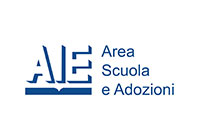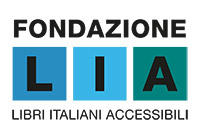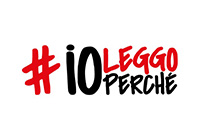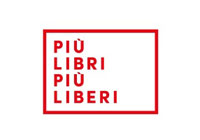 The critical factor for Italian children's publishing is the low rate of reading, given that this translates into a potential market of no more than 3.8-3.9 million readers between the ages of 6 and 17. The figure of 56.9% for the index relating to «reading at least one non-school book over the preceding 12 months» is one of the lowest among European countries, although it is significantly higher than the reading average for the Italian population as a whole (45.3%).
The critical factor for Italian children's publishing is the low rate of reading, given that this translates into a potential market of no more than 3.8-3.9 million readers between the ages of 6 and 17. The figure of 56.9% for the index relating to «reading at least one non-school book over the preceding 12 months» is one of the lowest among European countries, although it is significantly higher than the reading average for the Italian population as a whole (45.3%).
Moreover Italy is also the country with the lowest birth rate among industrialised nations (9 per thousand, compared to 11-14 in Spain, UK, France etc.).
The reading data tells us that the pages of books, and the stories that they contain, continue to be part of the «modern world» of the young digital generation, alongside the screens of iPhones, videogames, TVs and computers. In fact the book represents an important element (and language) in that transmediality around which «stories» are increasingly narrated.
It is highly significant that - in spite of the absence of public policies in favour of reading - over the last 11 years the percentage of 6-17-year-olds who say that they have read «at least one non-school book» rose from 49.5% (3.313 million young readers) in 2000 to 56.9% (3.874 million), an increase of 17%.
Certainly reading remains to a large extent only occasional. Slightly fewer than half of children in compulsory education read books other than school books. And of those who do read, only half (48.6% of 6-10-year-olds) go beyond 3 books per year. Girls read much more than boys of the same age: 71.3% compared to 60% in the 11-14-year age band. In the same age band reading is much more prevalent in the north (70.1%) than in the south (50.7%).


















